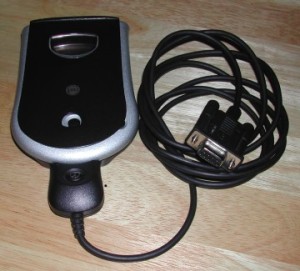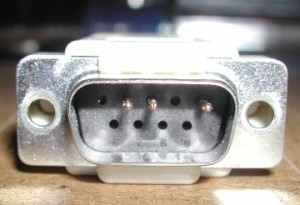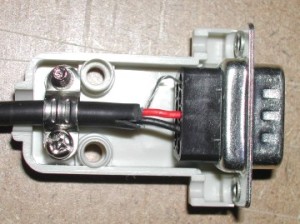I discovered pocketAPRS recently and wanted to try it with my old Palm m100. It is at least 6 years old, so I wasn’t sure if it was up to the challenge.
One of the most difficult things of this project, was finding the pocketAPRS software! Unfortunately the project was discontinued in 2004, making it difficult to track down. If you do enough Google hunting and searching, you should be able to find a copy some place on the net.
I installed pocketAPRS on the Palm, using the Palm Desktop… just like installing any other piece of software for the Palm OS.
Next I needed to figure out how to physcially connect the Palm m100 with the Kenwood TH-D7A. The Palm m100 I have came with a serial sync cable which looks ike this:

I am now able to see APRS information and locations on the Palm m100. This is a much more compact way to use APRS, instead of carrying a laptop around.


